The Disappearing Past
In places like Australian Cities the rapid march towards modernization, cities around the world face the challenge of balancing growth with the preservation of their historical heritage. Cities like Hobart, Sydney, and Brisbane in Australia are no exception. Despite their rich histories and vibrant cultural tapestries, these cities often find themselves at odds with the remnants of their past.
The Drive for Modernization
One of the primary reasons Australian cities like Hobart, Sydney, and Brisbane forget about their historical remains is the relentless drive for modernization. Urban development projects, driven by economic growth, often prioritize new infrastructures like skyscrapers, shopping centers, and residential complexes. This focus on the future can lead to the neglect or even demolition of historical sites that are perceived as obstacles to progress.
For instance, in rapidly growing areas, historical buildings may be seen as outdated or not in line with the modern aesthetic that new developments aim to create. This can result in decisions to remove or alter these structures to make way for newer constructions.

Economic Pressures
Economic factors play a significant role in how historical sites are treated. In cities like Australian cities where real estate prices are high, like Sydney and Brisbane, historical sites are often located in prime areas that developers eye for lucrative projects. The potential financial gains from developing these areas can overshadow the perceived value of preserving historical remains.
The maintenance and restoration of historical sites require substantial funding, which can be a deterrent for cities operating under tight budgets. As a result, financially driven decisions can lead to the sacrifice of historical integrity in favor of economic benefit.
Lack of Awareness and Education
A significant factor contributing to the disregard for historical remains is a lack of public awareness and education about the importance of these sites. Without a deep understanding of their historical and cultural significance, communities may not advocate for the preservation of these sites. This lack of grassroots support can result in weak preservation efforts and policies.
Educational programs that emphasize the value of history and heritage can play a crucial role in changing perceptions. When communities recognize the stories and identities embedded in historical remains, they are more likely to support preservation efforts.
Bureaucratic Challenges
Preserving historical sites often involves navigating complex bureaucratic processes. Heritage laws and regulations are sometimes not robust enough to protect these sites from demolition or alteration. Additionally, the approval processes for heritage listing and protection can be slow and cumbersome, allowing developers to proceed with plans that disregard historical significance.
The challenge is compounded by the fact that heritage protection requires coordination between various levels of government and agencies, which can lead to inefficiencies and gaps in preservation efforts. This is seen very much in what happens on how planning happens in Australian cities.
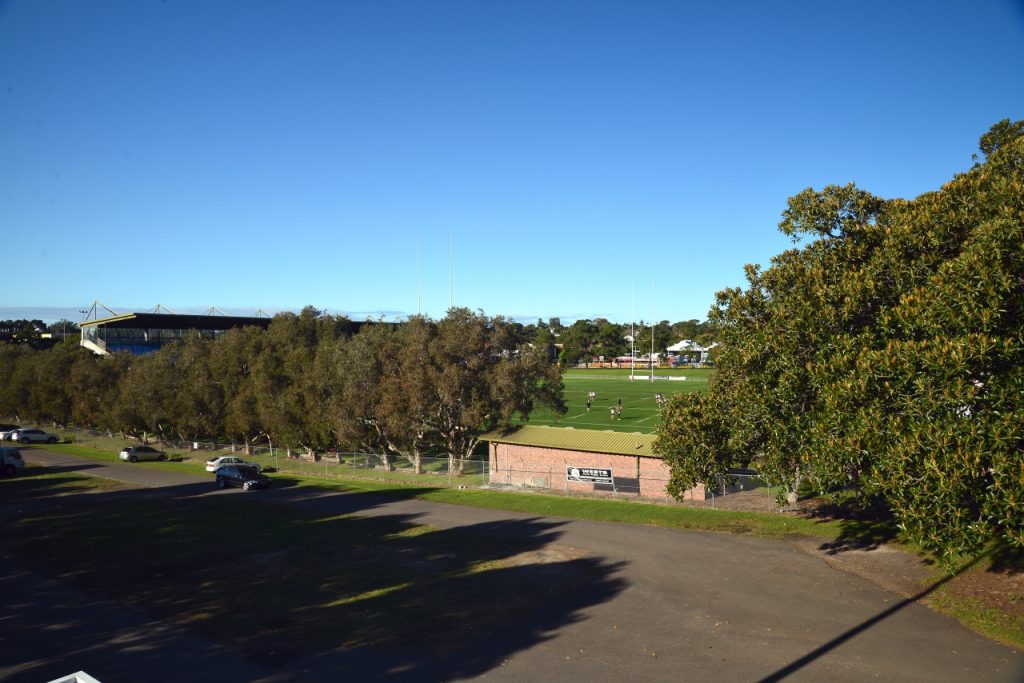
Cultural Shifts
Cultural shifts and changing societal values can also impact the way historical sites are perceived. In rapidly evolving urban environments, there is often a focus on the present and future rather than the past. This can lead to a cultural disconnect from historical sites, especially if they do not align with contemporary lifestyles or values.
As cities grow and demographics change, the connections that communities once had with historical sites can weaken, leading to a diminished sense of their importance.
The Loss of Historical Legacy
The mentality of overlooking or disregarding historical remains can result in significant losses for a city.
Cultural Identity
Historical sites contribute to a city’s unique cultural identity. Losing these sites means losing the tangible connections to the past that shape the community’s sense of place and belonging. A weakened cultural identity can leave a city feeling generic and devoid of character. Australian cities as an example have everything from history to how culture changes.
Educational Value
Historical sites serve as educational resources, offering insights into the past and lessons for the present. Without these sites, future generations miss out on the opportunity to learn about their heritage and the evolution of their city.
Tourism Appeal
Historical sites grow cities in a cultural idea that often attract tourists, contributing to the local economy. Ignoring or demolishing these sites can result in a loss of tourism revenue and a diminished appeal for visitors seeking cultural and historical experiences.
Community Cohesion
Preserving historical sites can foster a sense of community pride and cohesion. When these sites are neglected or destroyed, it can lead to a loss of collective memory and a disconnect among community members.
Aesthetic and Environmental Impact
Historical architecture often adds to the aesthetic value of a city, providing a visual contrast to modern developments. Additionally, restoring and repurposing historical buildings can be more environmentally sustainable than demolition and new construction.
Long-Term Damage
The neglect and destruction of historical sites have long-term ramifications that extend beyond the immediate loss of cultural heritage.
Erosion of Cultural Continuity
Historical sites serve as physical links to our past, anchoring our cultural identity and continuity. The destruction of these sites erodes the collective memory, making it harder for future generations to understand and appreciate their heritage. This disconnect can lead to a fragmented society, lacking a shared sense of history and identity. In Australian cities certain sites are either not talked about or hidden to suit how we view our history.
Loss of Educational Resources
Historical sites are invaluable educational tools, providing tangible insights into the past. Their loss means that future generations will have fewer opportunities to learn about and connect with history in a meaningful way. This can result in a populace that is less informed and less appreciative of their cultural heritage.
Economic Consequences
The long-term economic impact of neglecting historical preservation can be significant. Cities that fail to preserve their historical sites may find it harder to attract tourists, leading to a decrease in tourism revenue. Moreover, the cost of demolishing and rebuilding can often outweigh the cost of restoration and maintenance in the long run. Like in Australian cities where if we leave it long enough we can let it change itself into something else that is new, clean and uncultured.
Environmental Impact
The demolition of historical buildings and the construction of new ones have substantial environmental costs. Preserving and repurposing existing structures is often more sustainable, reducing the carbon footprint associated with new construction. Neglecting historical preservation can therefore contribute to environmental degradation.
Diminished Quality of Life
Historical sites contribute to the aesthetic and cultural richness of a city, enhancing the quality of life for its residents. Their loss can result in a more monotonous and less vibrant urban landscape, depriving communities of the beauty and diversity that historical sites offer.
The Path Forward
The preservation of historical remains requires a concerted effort from both government and communities. Policies need to be strengthened to protect these sites, and public awareness campaigns can help foster a sense of pride and responsibility towards historical heritage.
Australian cities like Hobart, Sydney, and Brisbane can benefit from integrating historical preservation into their urban development plans. This not only safeguards the past but also enhances the cultural richness and uniqueness of these cities, making them more attractive to residents and visitors alike.
Conclusion
The Australian cities is undeniably at a critical juncture. The challenges it faces are multifaceted, stemming from leadership issues, & how we deal with history. However, these challenges also present opportunities for substantial change.
Join the Discussion
We want to hear from you! What are your thoughts on the current state of the Australian cities? Do you think a change in leadership is necessary, or should the current leaders be given more time to turn things around? How do you feel about the potential of this lost knowledge?

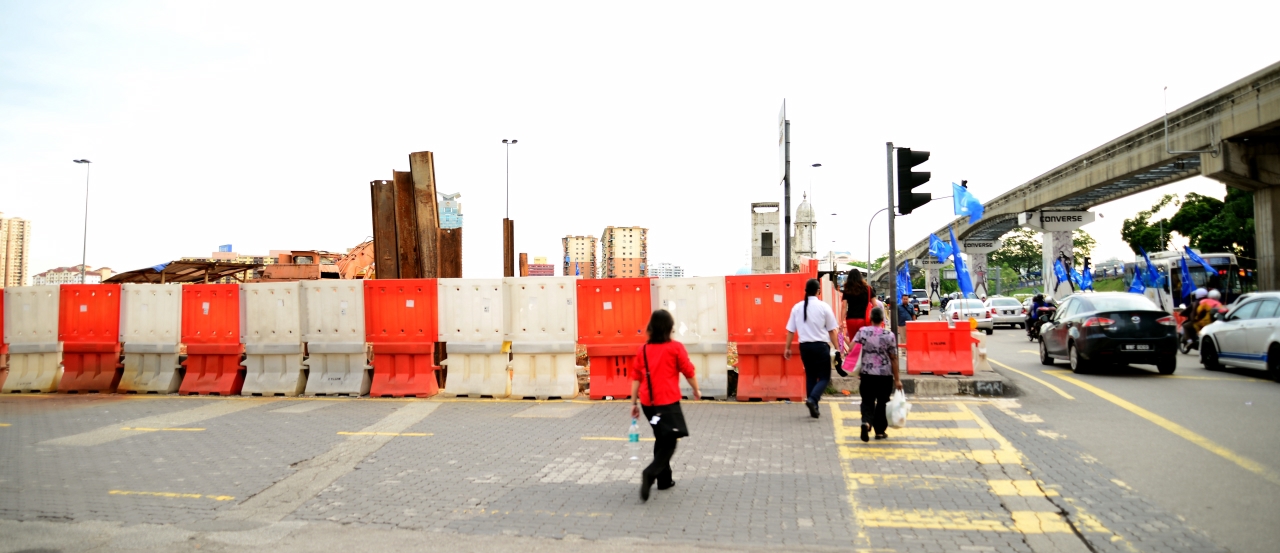
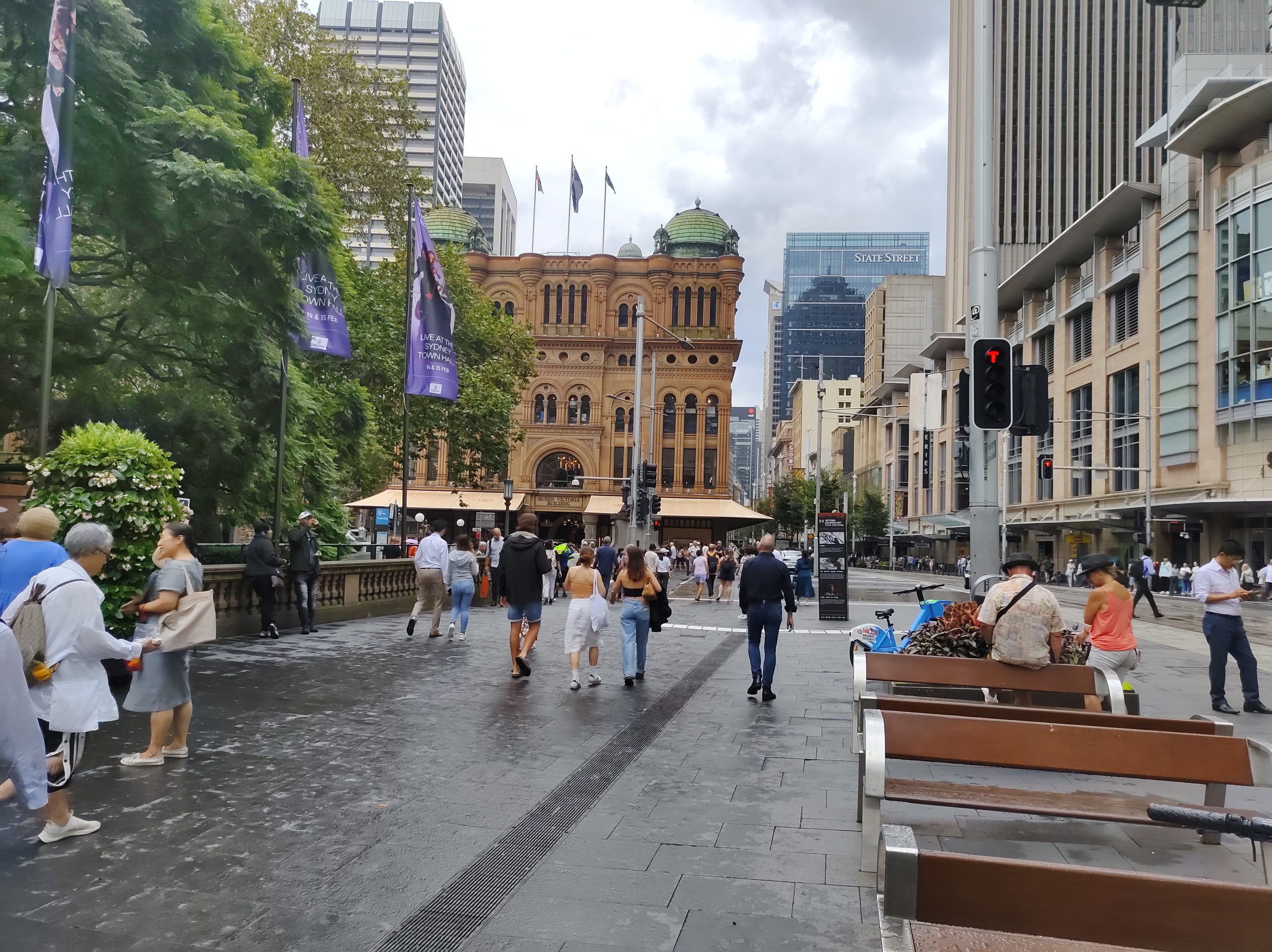


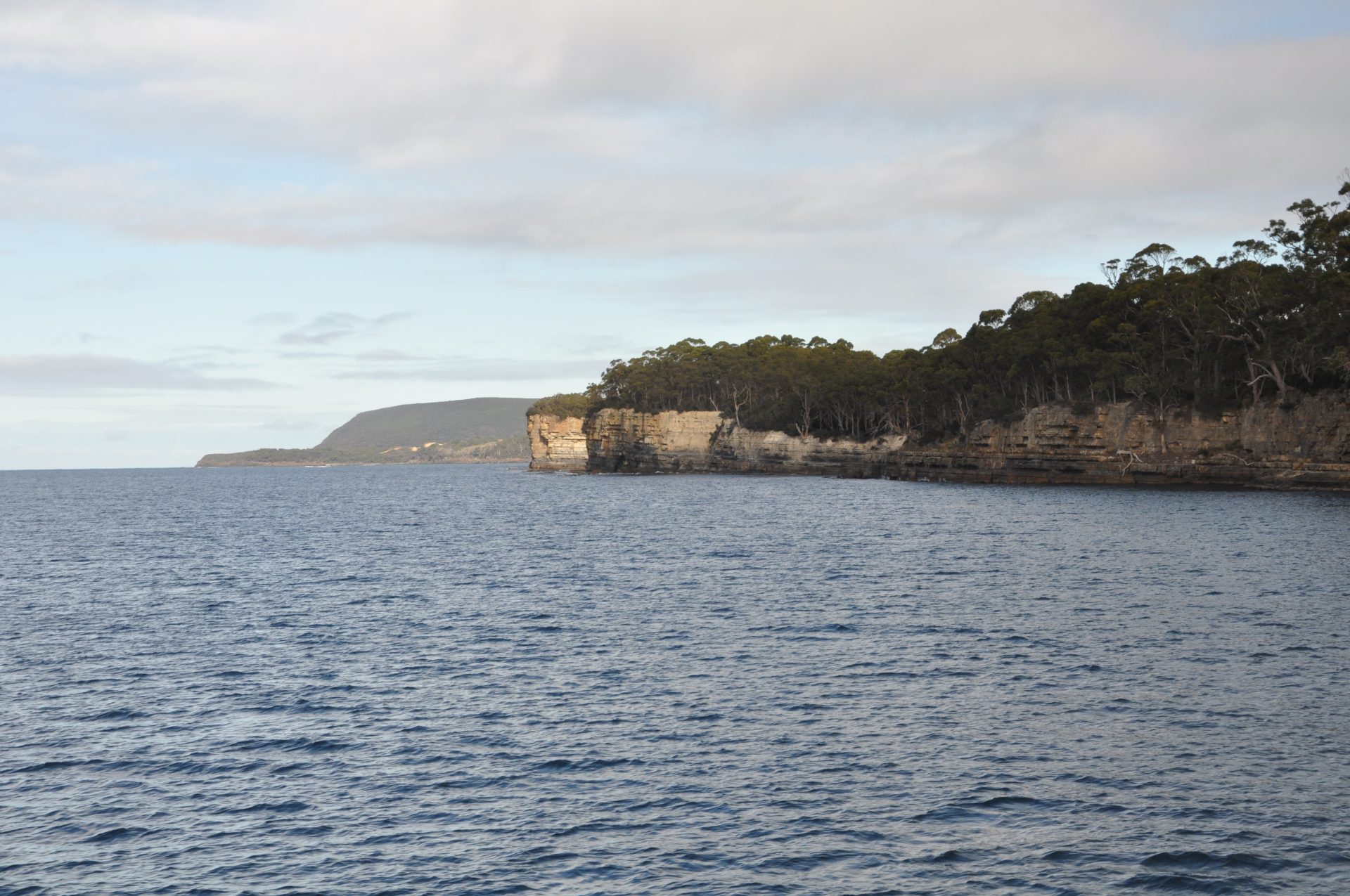

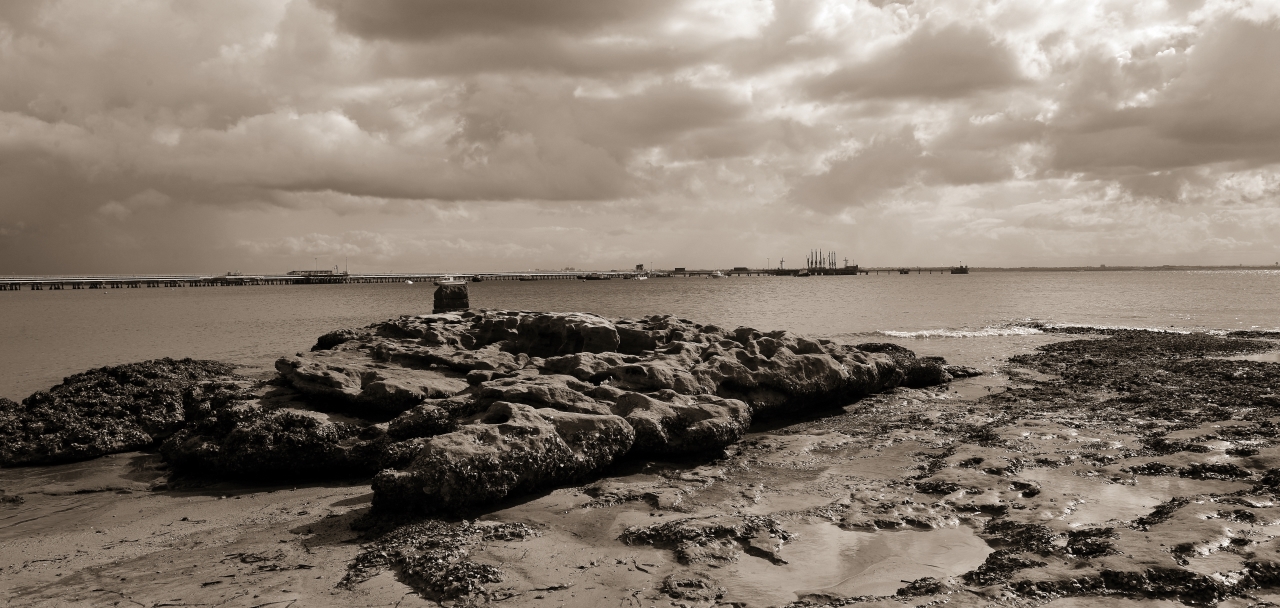


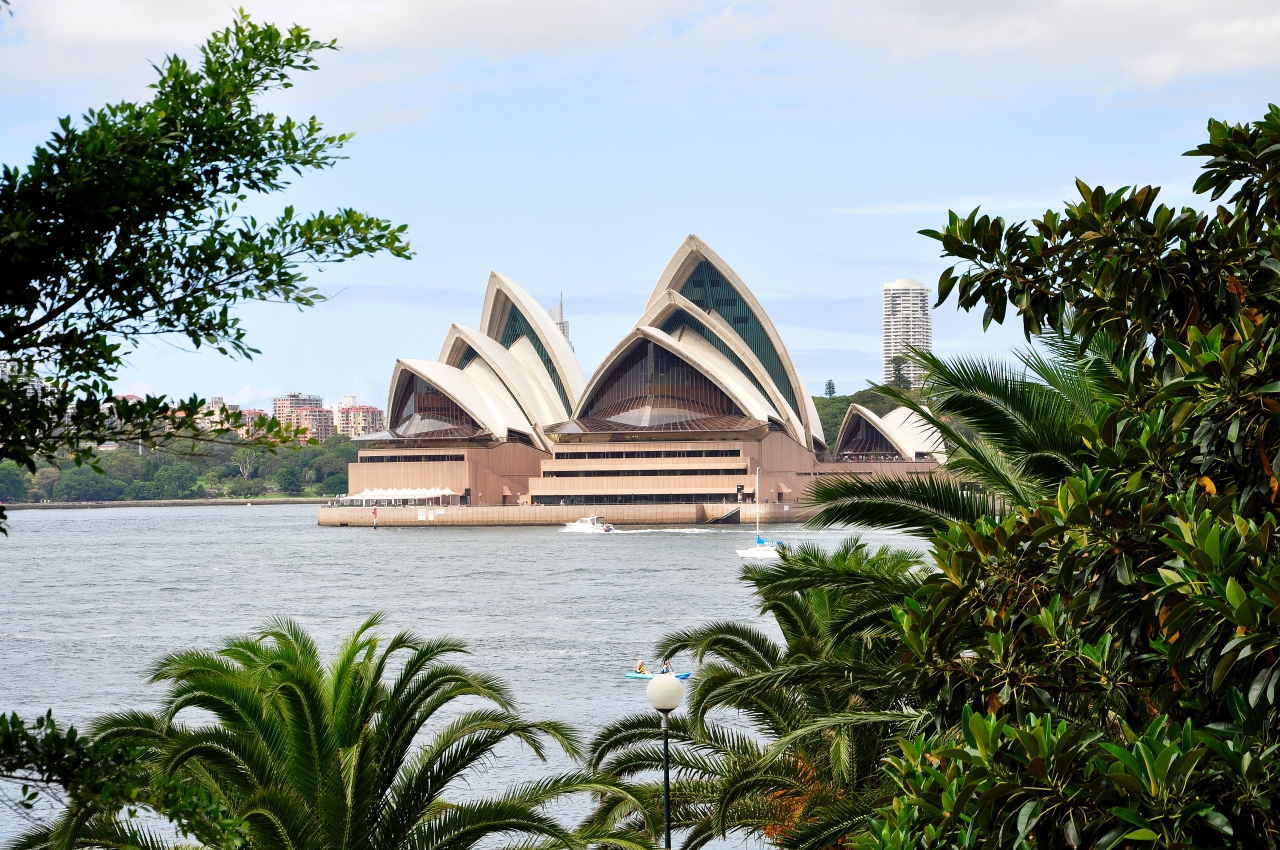

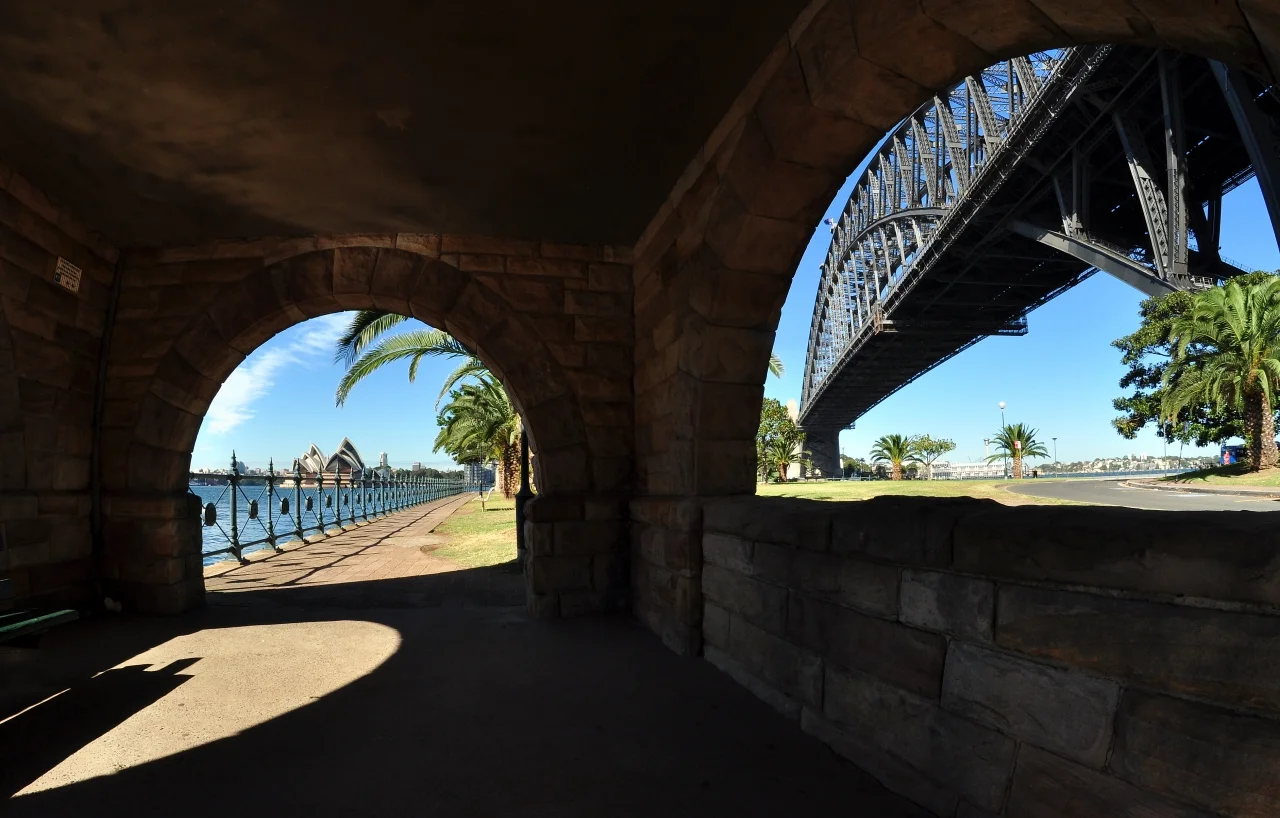
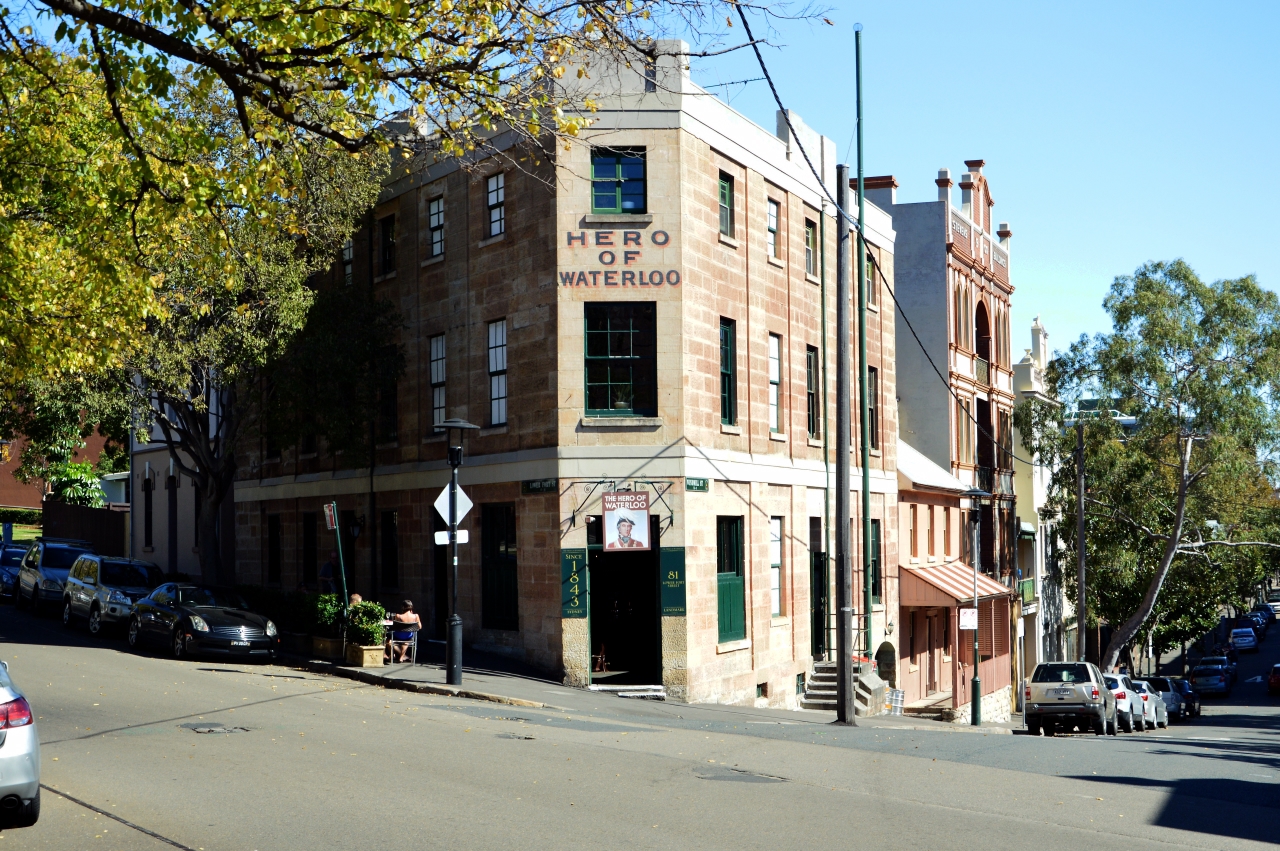

Powerful Me Makes Dramatic Environment Changes To No.1 Me
[…] Powerful Me Of Small ChoicesEvery decision, from the food you consume to the products you purchase, has environmental implications. Consider this – opting for a reusable water bottle over single-use plastics reduces waste […]